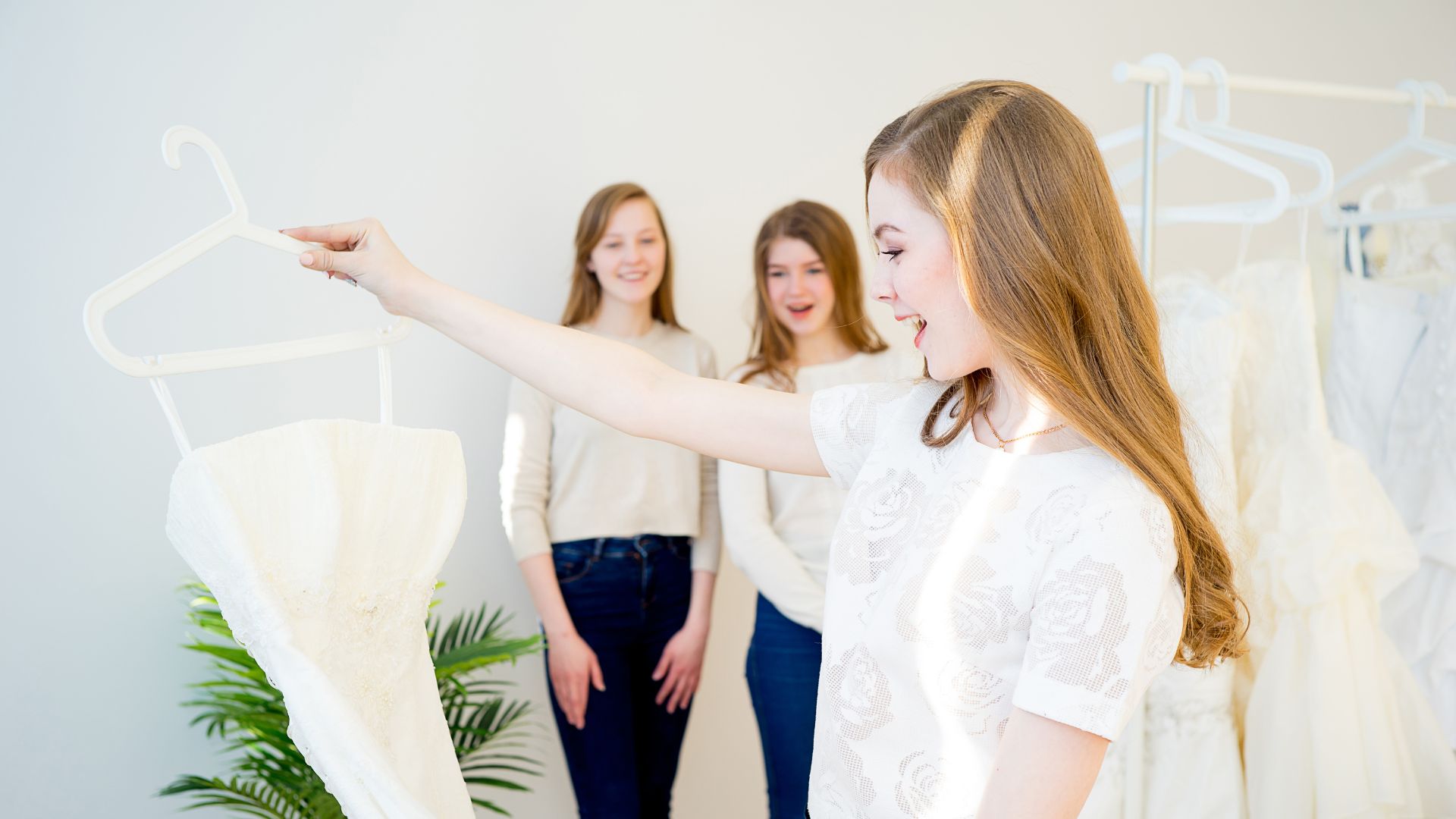Wedding Dress Guide
How to Choose a Wedding Dress Style That Truly Feels Like You
Finding the wedding dress of your dreams is one of the most exciting parts of planning your big day. It’s a moment to celebrate your individuality, style, and love story. However, with countless silhouettes, fabrics, necklines, and trends to choose from, the process can feel daunting. Fear not—this detailed guide on how to choose a wedding dress style will walk you through every step, ensuring you find a gown that complements your body, aligns with your wedding vision, and makes you feel absolutely radiant. Whether you’re dreaming of a sleek modern look, a bohemian vibe, a rustic charm, or a timeless classic, we’ve got you covered with practical tips and inspiration.
1. Begin with Your Wedding Vision and Venue
Your wedding setting and overall theme play a significant role in guiding your dress choice. The environment where you’ll say “I do” can help you narrow down styles that not only look stunning but also feel cohesive with the day’s aesthetic. Here’s how different venues can influence your dress:

- Beach Wedding: Opt for lightweight, breathable fabrics like chiffon, organza, or lightweight tulle. Flowy silhouettes such as empire waist or A-line dresses move beautifully in the ocean breeze and keep you comfortable in warm weather. Consider details like open backs or delicate straps for a relaxed, romantic vibe.
- Garden or Outdoor Ceremony: Embrace soft, romantic elements like floral lace, embroidered details, or subtle tulle overlays. Tea-length dresses, A-line gowns, or even high-low hemlines work wonderfully in natural settings, allowing you to move freely across grass or stone paths.
- Grand Ballroom or Formal Venue: A structured gown with luxurious fabrics like satin, mikado, or brocade is ideal for an elegant, upscale setting. Think dramatic trains, voluminous ball gowns, or tailored mermaid silhouettes for a regal, red-carpet-worthy moment.
- Rustic or Vineyard Wedding: Lean into vintage-inspired details like soft lace, off-the-shoulder necklines, or delicate beading. Boho-chic gowns or relaxed A-line dresses with subtle textures pair perfectly with the laid-back charm of barns or vineyards.
- City or Modern Venue: Sleek, minimalist designs like sheath dresses or tailored jumpsuits shine in urban settings. Look for clean lines, bold necklines, or unexpected details like asymmetrical hemlines for a contemporary edge.
Pro Tip: If you’re unsure which styles suit your venue, explore collections categorized by wedding setting. Many bridal retailers offer curated selections to simplify your search. Ready to dive in?
👉 Shop Wedding Dresses by Venue →
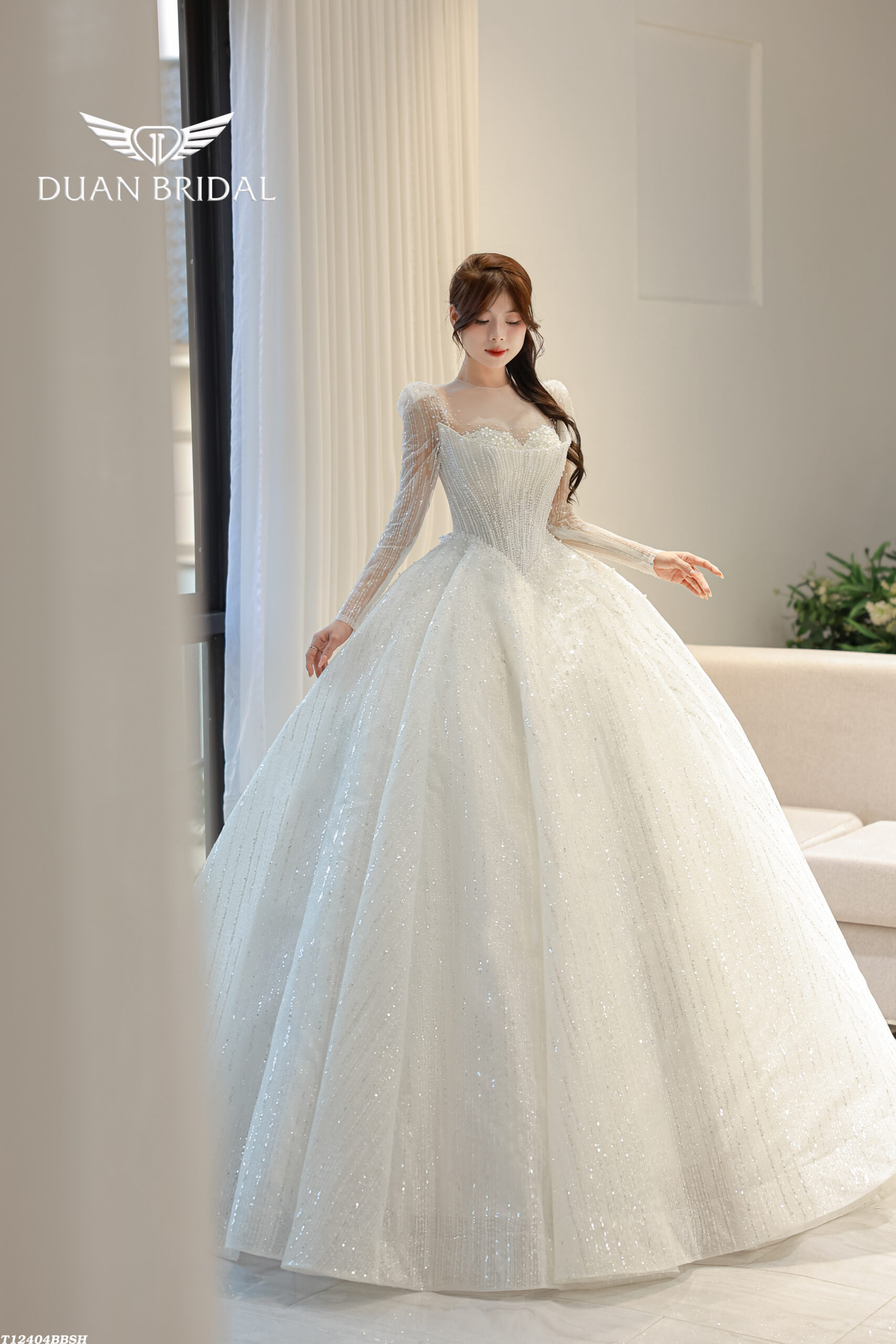
2. Understand Your Body Shape (and Celebrate It!)
Every body is unique, and the goal is to find a dress that makes you feel confident and comfortable. While there are no strict rules—your personal style trumps all—understanding your body shape can help you explore silhouettes that enhance your natural beauty. Here’s a breakdown of common body types and dress styles to consider:
- Hourglass (curvy bust, defined waist, balanced hips): Highlight your curves with a mermaid or trumpet gown that hugs your figure and flares out for drama. Fit-and-flare dresses also accentuate your waist while offering a softer silhouette.
- Pear-Shaped (narrower shoulders, fuller hips/thighs): Balance your proportions with an A-line dress or a ball gown. These styles cinch at the waist and flow over the hips, creating a harmonious silhouette.
- Petite (shorter frame): Elongate your figure with a sheath or column dress that keeps things streamlined. Avoid overly voluminous gowns, which can overwhelm a smaller frame. V-necklines and empire waists can also add height.
- Apple-Shaped (fuller midsection, slimmer legs): Empire waist dresses or A-line gowns with structured bodices draw attention upward while skimming over the midsection. Look for dresses with embellished necklines or statement sleeves.
- Plus-Size: Structured bodices paired with flowing skirts, like A-line or ball gowns, offer both support and elegance. Fabrics like tulle or crepe add softness without clinging, while corset-style backs ensure a custom fit.
- Athletic or Rectangular (straighter silhouette): Create curves with a fit-and-flare dress or add volume with a ball gown. Ruching, peplum details, or belts at the waist can enhance definition.
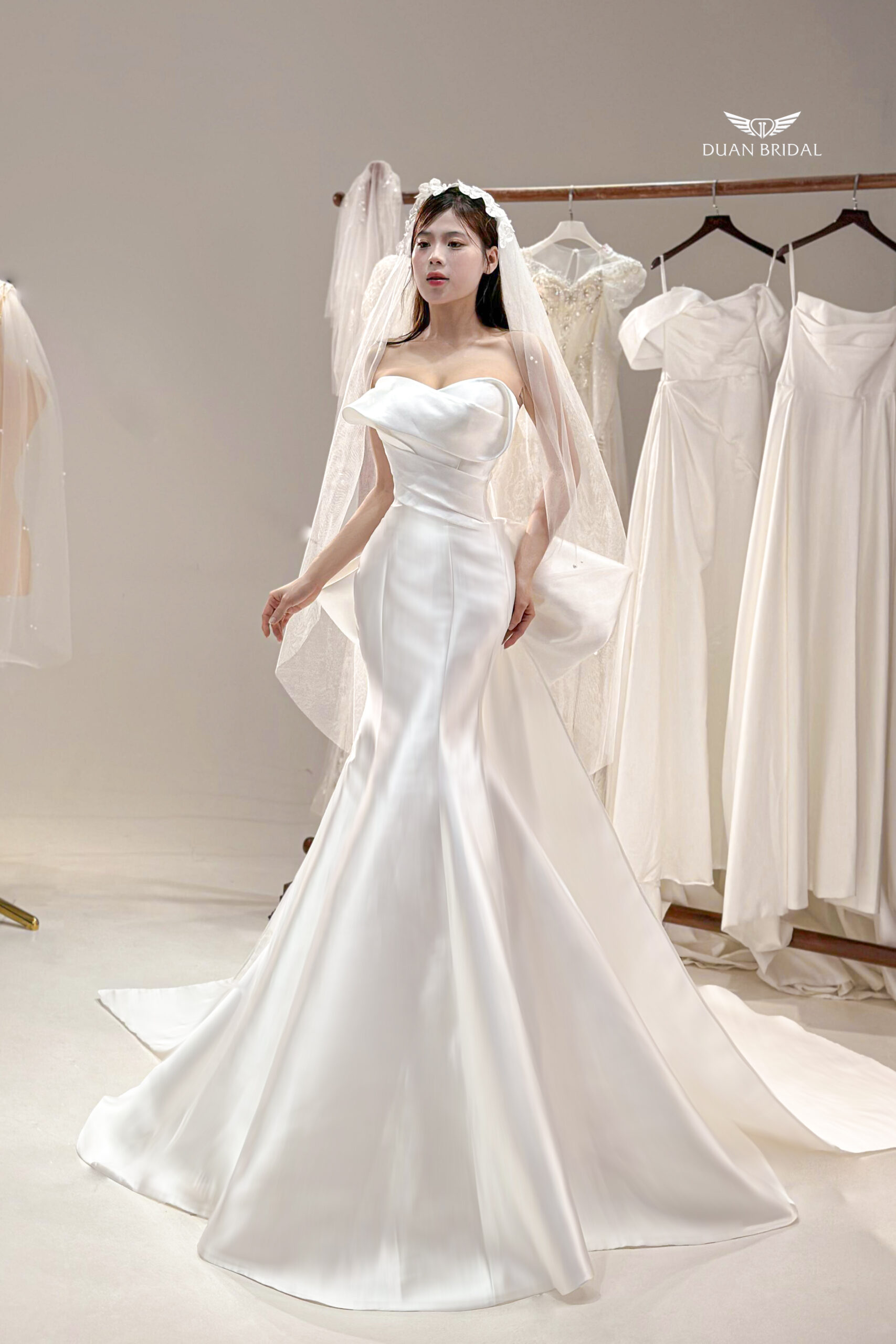
Key Reminder: These are just starting points. The most important factor is how the dress makes you feel. Try on a variety of styles to discover what resonates with you. Confidence is your best accessory!
3. Explore Wedding Dress Silhouettes
The silhouette of a dress defines its overall shape and vibe. With so many options, it’s helpful to familiarize yourself with the most popular styles to find one that aligns with your vision. Here’s a closer look:
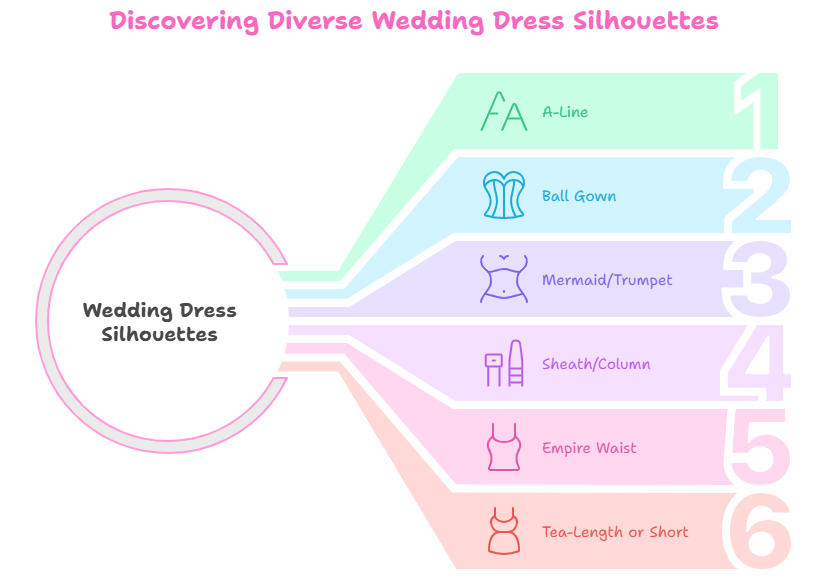
- A-Line: Often called the “universal” silhouette, the A-line is fitted through the bodice and gently flares out to the hem, resembling the shape of an “A.” It’s romantic, versatile, and flatters nearly every body type. Perfect for garden, rustic, or classic weddings.
- Ball Gown: The ultimate fairy-tale dress, featuring a fitted bodice and a voluminous, dramatic skirt. Ideal for formal venues or brides craving a traditional, show-stopping moment.
- Mermaid/Trumpet: These styles are fitted through the bodice and hips, flaring out below the knees (mermaid) or mid-thigh (trumpet). They’re bold, glamorous, and perfect for highlighting curves at ballroom or city weddings.
- Sheath/Column: Sleek and straight, sheath dresses follow the body’s natural lines from top to hem. They’re minimalist, modern, and ideal for beach weddings or brides who want understated elegance.
- Empire Waist: With a high waistline just below the bust, empire waist dresses flow softly over the midsection. They’re boho-chic, comfortable, and great for beach or garden settings, especially for expecting brides.
- Tea-Length or Short: For a playful, retro vibe, tea-length dresses (ending mid-calf) or shorter styles work beautifully for casual or vintage-inspired weddings.
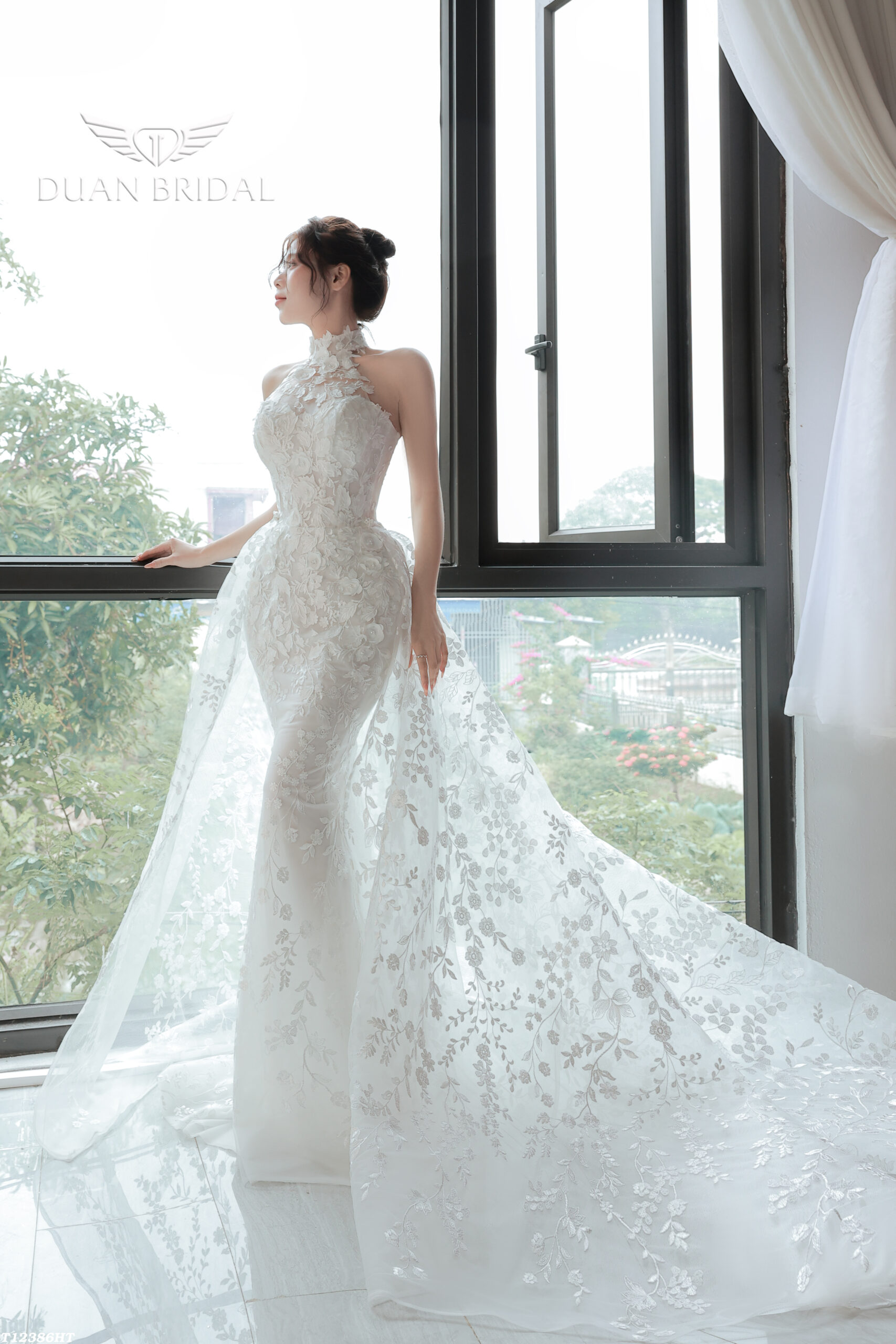
4. Consider Fabric, Season, and Practicality
The fabric of your dress affects not only its look but also how it feels, moves, and photographs. Your wedding’s season and climate should also guide your choice to ensure comfort throughout the day. Here’s what to keep in mind:
- Warm Climates (Spring/Summer): Lightweight fabrics like chiffon, crepe, tulle, or organza are breathable and flow effortlessly. They’re perfect for outdoor weddings or tropical destinations.
- Cooler Months (Fall/Winter): Heavier fabrics like mikado, satin, velvet, or brocade add warmth and structure. Consider long sleeves, capes, or detachable jackets for extra coziness.
- Year-Round Luxury: Lace overlays, silk blends, or embellished bodices elevate any season. Beading, sequins, or embroidery can add sparkle for evening receptions.
- Texture and Movement: Fabrics like tulle and chiffon create softness, while satin and mikado offer a polished, structured look. If you’re planning to dance the night away, choose a dress that allows you to move freely.
Practical Tip: During fittings, test how the dress feels when you walk, sit, hug, or twirl. A gown should look stunning and let you enjoy every moment. If you’re worried about weight or bulk, ask about detachable trains or bustle options for the reception.
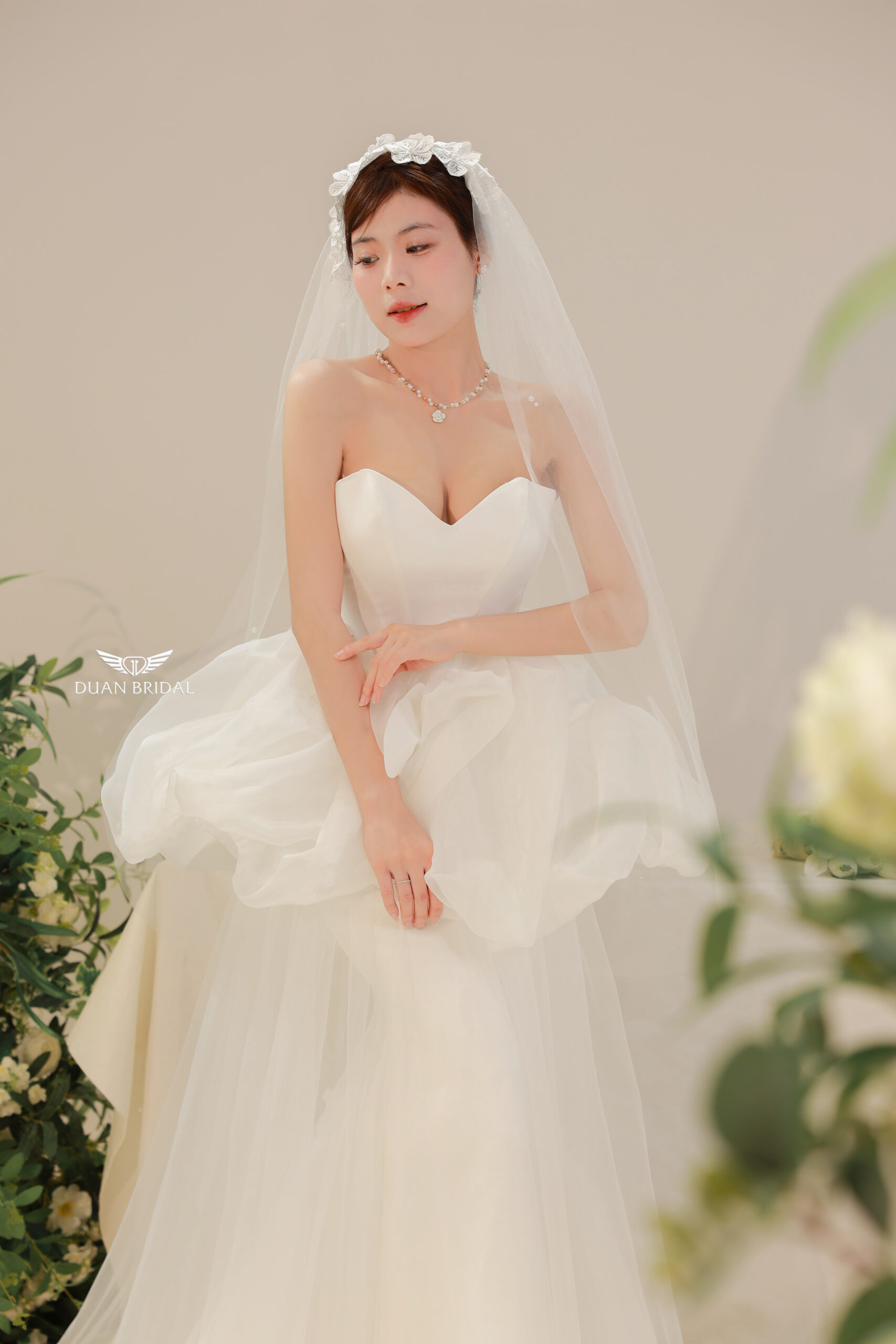
5. Stay True to Your Personal Style
Trends come and go, but your wedding dress should feel like you. Whether you’re inspired by Meghan Markle’s sleek sophistication, a bohemian goddess vibe, or vintage glamour, the best dress tells your story. Here are a few ways to personalize your choice:
- Mix and Match: Love clean lines but also adore lace? You can blend modern and romantic elements. For example, pair a minimalist silhouette with a delicate lace overlay.
- Choose a Focal Point: To avoid overwhelming your look, pick one standout feature—like a plunging neckline, dramatic sleeves, an open back, or a statement train. Let the rest of the dress complement it.
- Incorporate Meaningful Details: Add custom touches like embroidery with your initials, a veil passed down from family, or a color accent (like blush or champagne) that reflects your personality.
- Ignore Pressure: Pinterest boards and social media are great for inspiration, but don’t feel obligated to follow trends. If a bold, colorful gown or a jumpsuit feels right, go for it!
Our Advice: Schedule a consultation with a bridal stylist who can help translate your vision into reality. They’ll guide you toward dresses that match your vibe while introducing you to options you might not have considered.
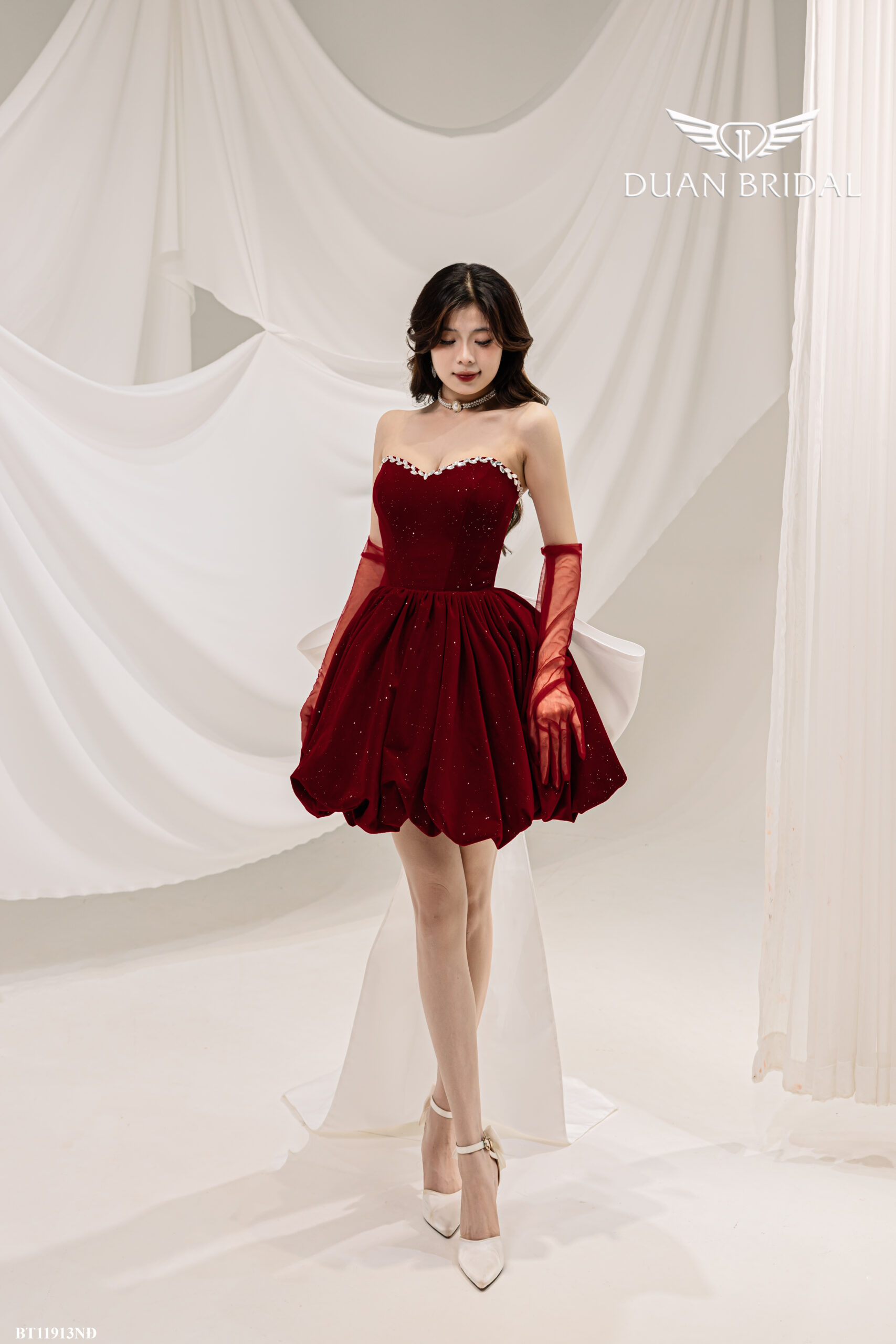
6. Budget and Timeline Considerations
While not the most romantic part of dress shopping, setting a budget and timeline is essential for a stress-free experience. Here’s how to approach it:
- Budget: Wedding dresses range widely in price, from a few hundred to several thousand dollars. Factor in alterations, accessories (veil, shoes, jewelry), and cleaning/preservation costs. If you’re working with a tighter budget, explore sample sales, pre-owned dresses, or rental options.
- Timeline: Start shopping 9–12 months before your wedding to allow time for fittings and alterations. If you’re short on time, off-the-rack dresses or rush orders can work, but they may limit customization.
Pro Tip: Many bridal boutiques offer payment plans or financing to make your dream dress more accessible. Don’t hesitate to ask about options.
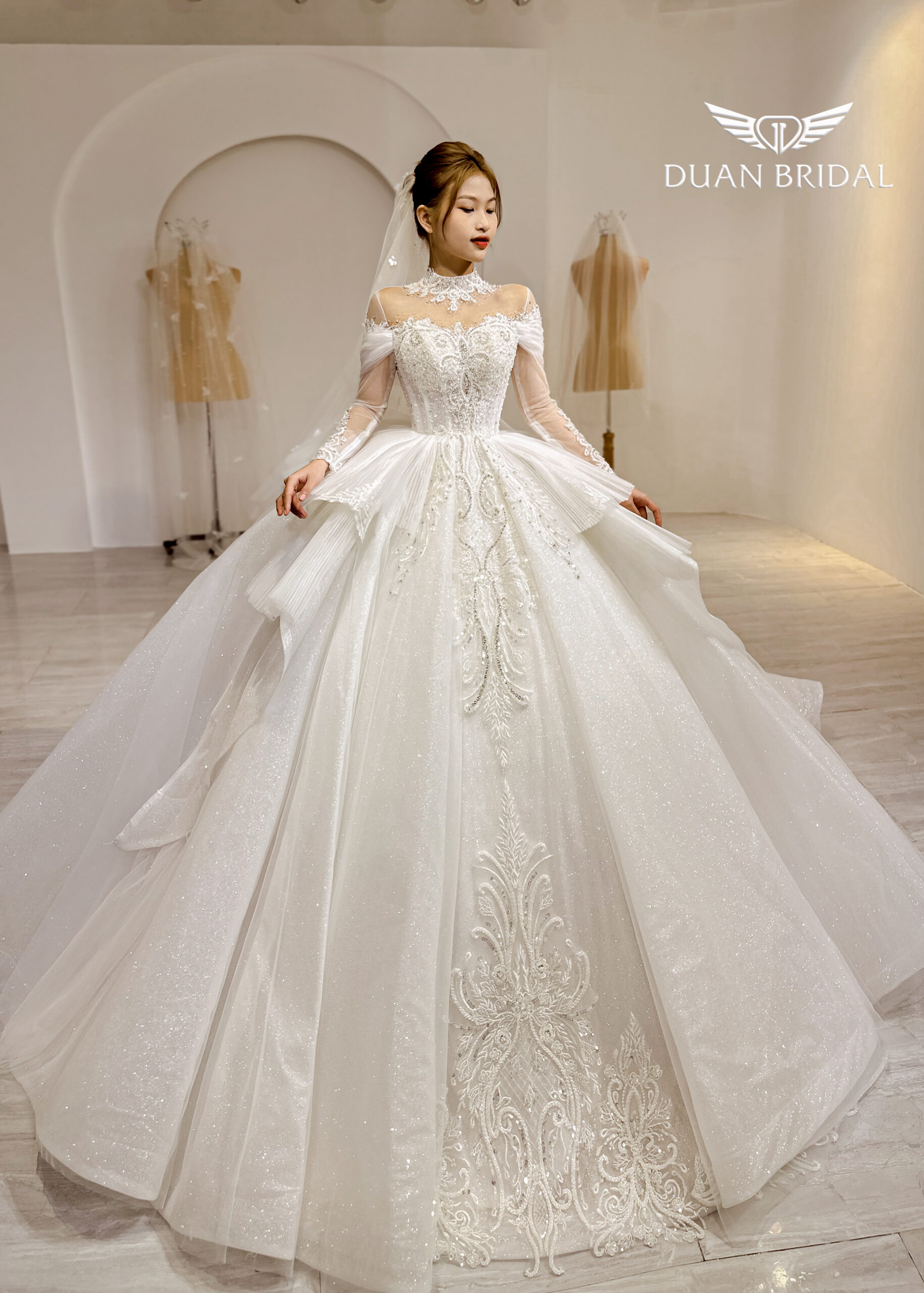
Final Thoughts: Trust Your Instincts
Choosing a wedding dress style isn’t about checking boxes or fitting into someone else’s idea of “bridal.” It’s about discovering a gown that makes you feel like the best version of yourself—confident, joyful, and ready to walk toward your future. When you slip into the dress, you’ll feel it: that magical moment when everything clicks.
We’re here to support you every step of the way, from browsing collections to scheduling fittings. Ready to start this exciting journey?
👉 Find Your Dream Dress Today →

